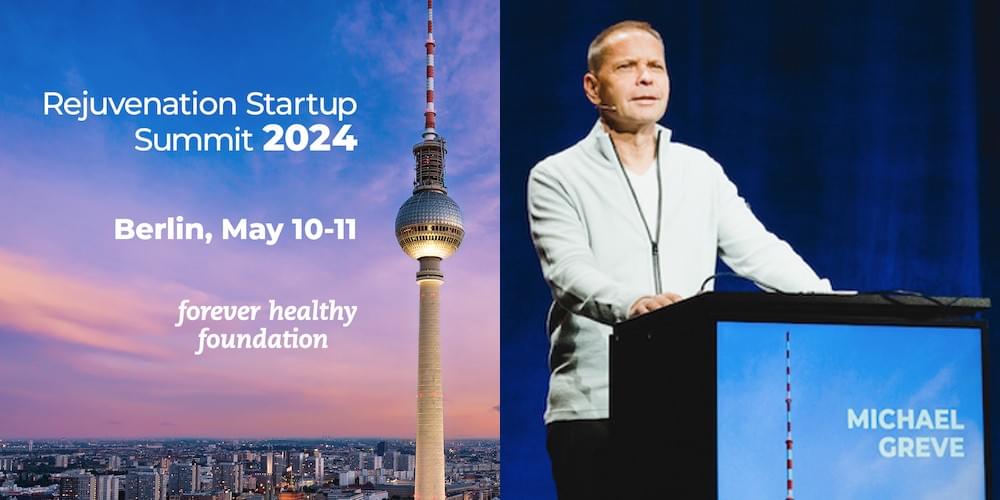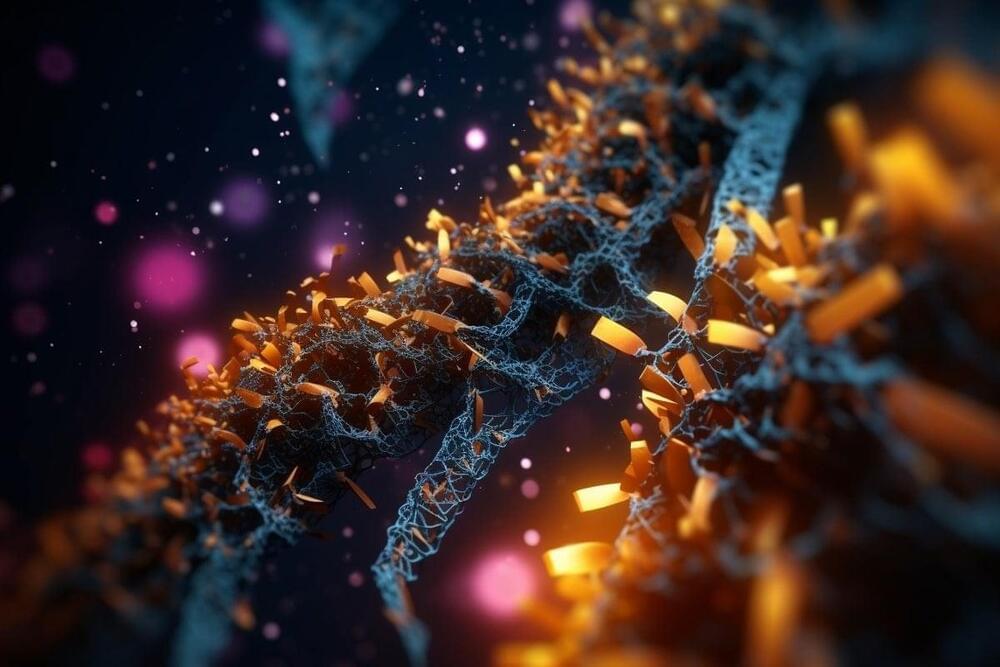New model for human evolution suggests Homo sapiens arose from multiple closely related populations.
A new study in Nature challenges prevailing theories, suggesting that Homo sapiens evolved from multiple diverse populations across Africa, with the earliest detectable split occurring 120,000–135,000 years ago, after prolonged periods of genetic intermixing.
In testing the genetic material of current populations in Africa and comparing it against existing fossil evidence of early Homo sapiens populations there, researchers have uncovered a new model of human evolution — overturning previous beliefs that a single African population gave rise to all humans. The new research was published on May 17, in the journal Nature.








